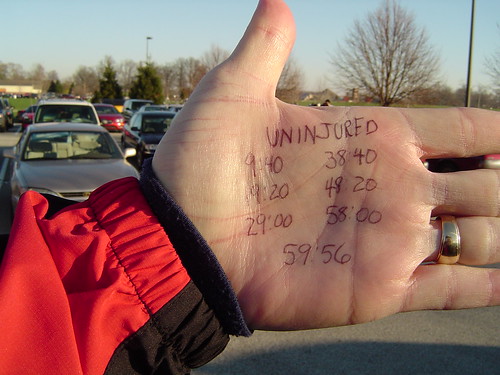Eliminating Old Die-Hard Behaviors
One of the fun things about blogging is the occasional synergy with other bloggers on a given topic. Hal Macomber, Frank Patrick and I did such a collaborative blog a couple years ago on Theory of Constraints. It was fun and we hoped interesting for our readers.
Here I go again. I've quoted Jeff Angus' fine blog, Management by Baseball, on a number of occasions in this space. Regular readers will not be surprised I like Jeff's blog, as it combines two of my absolute favorite subjects. Jeff invited me to comment on a theme he blogged about earlier today; finding and eliminating "survivals". Jeff defines "survivals" as those practices and behaviors that are so omnipresent that we don't even question their presences. Just why do blazers have buttons on the sleeves? Just why do we print that report every week?
Jeff describes baseball and personal examples of these practices. In subsequent entries, he will describe his views on how to eliminate such silliness. He invited me to contribute from my perspective as well. He didn't have to ask twice.
Why? Central to any Lean endeavor is the elimination of non-value adding activity, which such "survivals" are prime examples. But how to we see these? How do we make them jump up and wave to us? There are some ways. They are surprisingly simple. I'll illustrate by example, it is a passion of mine. Jeff will do the same from his software, project management and baseball worlds. We'll link to each other's posts.
Jeff and I both hope you find this helpful.
